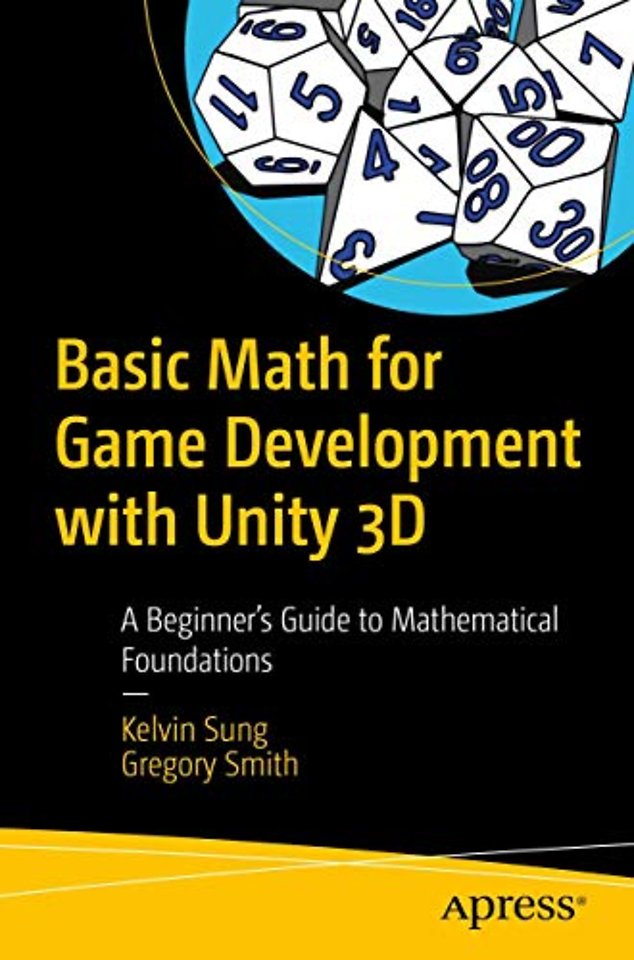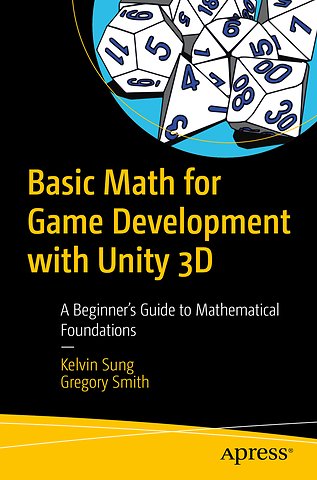Basic Math for Game Development with Unity 3D
A Beginner's Guide to Mathematical Foundations
Paperback Engels 2019 9781484254424Samenvatting
Use Unity-based examples to understand fundamental mathematical concepts and see how they are applied when building modern video game functionality. You will gain the theoretical foundation you need, and you will know how to examine and modify an implementation.
This book covers points in a 3D Cartesian coordinate system, and then discusses vectors and the details of dot and cross products. Basic mathematical foundations are illustrated through Unity-based example implementations. Also provided are examples showing how the concepts are applied when implementing video game functionality, such as collision support, motion simulations, autonomous behaviors, shadow approximations, and reflection off arbitrary walls.
Throughout this book, you learn and examine the concepts and their applications in a game engine.
What You Will Learn
Understand the basic concepts of points and vectors and their applications in game developmentApply mathematical concepts to modern video game functionality, such as spherical and box collidersImplement autonomous behaviors, including following way points, facing a target, chasing an object, etc.
Who This Book is For
Beginners, and those interested in the implementation of interactive games, who need a basic mathematical background or a refresher with modern examples
Specificaties
Lezersrecensies
Inhoudsopgave
Rubrieken
- advisering
- algemeen management
- coaching en trainen
- communicatie en media
- economie
- financieel management
- inkoop en logistiek
- internet en social media
- it-management / ict
- juridisch
- leiderschap
- marketing
- mens en maatschappij
- non-profit
- ondernemen
- organisatiekunde
- personal finance
- personeelsmanagement
- persoonlijke effectiviteit
- projectmanagement
- psychologie
- reclame en verkoop
- strategisch management
- verandermanagement
- werk en loopbaan

